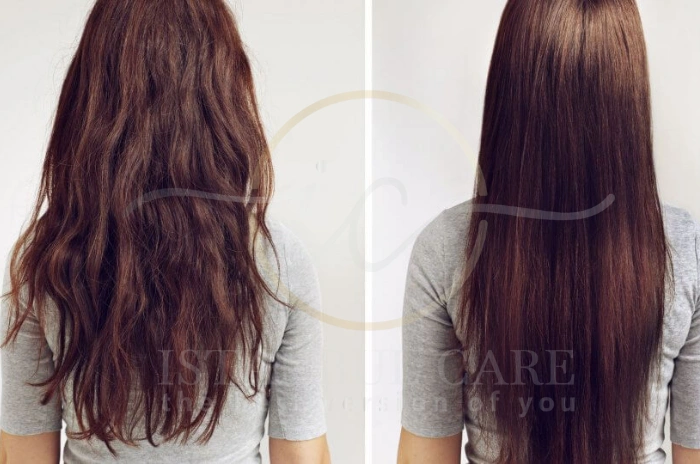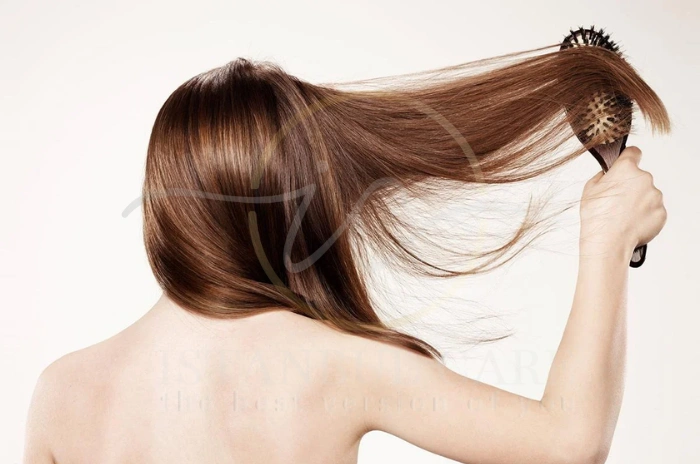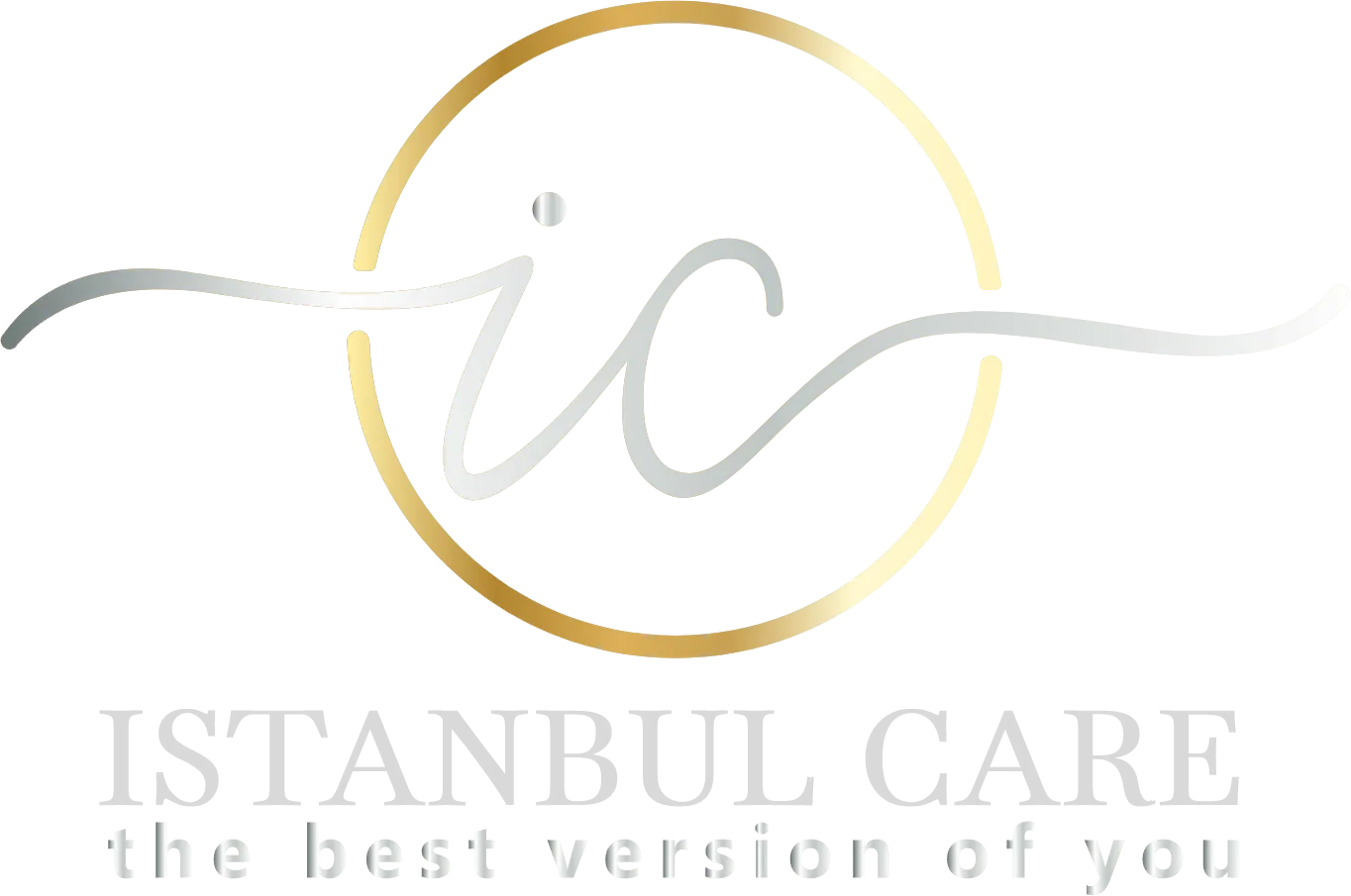Protein hair treatments have become essential for maintaining strong, healthy hair in today’s demanding styling environment. These specialized treatments work by infusing hair fibers with amino acids and proteins that strengthen the hair structure from within. Whether dealing with chemical damage, heat styling effects, or natural wear and tear, understanding how protein treatments function helps you make informed decisions about your hair health.
Hair is primarily composed of keratin, a structural protein that gives strands their strength and resilience. When this protein structure breaks down due to environmental stressors or chemical processes, hair becomes weak and prone to breakage. This is where targeted protein hair treatments restore what’s been lost.
Modern formulations incorporate diverse protein types including hydrolyzed wheat protein, collagen hair treatment ingredients, silk protein treatment components, and traditional options like egg hair treatment preparations. Each protein type offers unique benefits that target specific hair concerns.

Why Protein Hair Treatments Strengthen Damaged Hair
Protein hair treatments work through a sophisticated mechanism that addresses structural damage at the molecular level. When hair undergoes stress from coloring, bleaching, or heat styling, the cuticle layer becomes compromised and internal protein bonds break down. This degradation creates gaps and weak points throughout the hair shaft.
The strengthening process begins when protein molecules penetrate the hair cuticle and bind to damaged areas within the cortex. Hydrolyzed wheat protein chains are small enough to enter through lifted cuticle scales and fill structural voids. Once inside, these proteins reconstruct the hair’s internal architecture by forming bonds that reinforce weakened areas.
Keratin hair treatment products are particularly effective because keratin is the primary protein found naturally in hair. When applied externally, keratin molecules recognize and attach to existing keratin structures, making it one of the most compatible proteins for damaged hair repair.
Hair porosity plays a critical role in how effectively protein treatments work. High porosity hair absorbs proteins readily, while low porosity hair requires heat or specialized delivery systems to enhance absorption. Quality hair products often combine multiple protein sizes to address both internal and external damage simultaneously.
Key Benefits of Protein Treatments for Hair Strength
Protein hair treatments deliver multiple advantages beyond basic strengthening. The primary benefit is structural reinforcement, which manifests as reduced breakage during combing, brushing, and styling activities. Hair that previously snapped easily becomes more resilient and capable of withstanding daily manipulation.
Enhanced thickness is another significant benefit. When protein molecules bind to the hair shaft, they add physical mass that makes individual strands appear thicker. This volumizing effect is particularly noticeable in fine hair, where hair products containing proteins create the appearance of fuller hair.
Split ends prevention ranks among the most valued benefits. By strengthening the hair shaft from root to tip, proteins help prevent the fraying and splitting that occurs when damaged hair reaches its breaking point. While proteins cannot repair existing split ends, they effectively prevent new splits from forming.
Protein treatments also create a protective barrier against environmental damage including UV radiation, pollution, and humidity. This shielding effect helps preserve hair color vibrancy and prevent oxidative stress. The protective coating improves heat distribution during thermal styling, making hair care routines safer and more effective.
How Protein Treatments Improve Hair Elasticity
Hair elasticity refers to the strand’s ability to stretch and return to its original length without breaking. Healthy hair can extend up to 50% beyond its resting length when wet and approximately 20% when dry. This elastic quality is essential for preventing breakage during styling and normal movement.
When protein structures within hair deteriorate, elasticity diminishes significantly. Over-processed hair may stretch minimally before snapping, or stretch excessively without returning to shape. This loss of elastic recovery is one of the clearest signs that hair needs protein hair treatments intervention.
Protein treatments restore elasticity by reconstructing the disulfide bonds and peptide chains that give hair its spring-back quality. When keratin hair treatment proteins integrate into damaged areas, they recreate these crucial bonds, restoring the hair’s natural flexibility.
Professional stylists often perform a simple elasticity test before recommending protein treatments. Taking a single strand of clean, wet hair, they gently stretch it. Healthy hair stretches smoothly and returns almost completely to its original length. Hair lacking protein will either snap immediately or stretch excessively without returning to shape.

Side Effects of Overdoing Protein Treatments
Protein overload represents one of the most common mistakes in hair care. When hair receives excessive protein without adequate moisture balance, it becomes stiff, brittle, and paradoxically more prone to breakage. This occurs because too much protein creates rigidity that eliminates the flexibility necessary for healthy hair.
The symptoms of protein overload include dry, straw-like texture, increased tangling, lack of elasticity, and hair that feels rough despite conditioning. Hair may also exhibit unusual stiffness and difficulty absorbing moisture. These signs indicate that the protein-moisture balance has shifted too far toward protein accumulation.
Hair breakage repair efforts can actually worsen if protein overload develops. The excessive rigidity makes hair snap easily under minimal stress. Certain hair types are more susceptible to protein overload. Low porosity hair can accumulate proteins on the surface, while fine hair may become overwhelmed by heavy protein deposits more quickly.
Recovery from protein overload requires temporarily eliminating protein-based hair products and focusing on moisture restoration. Deep conditioning treatments with leave in conditioner formulas, hydrating masks, and moisture-rich hair oil applications help restore balance. The recovery process typically takes 2-4 weeks of consistent moisture-focused care.
Types of Protein Treatments for Different Hair Needs
Understanding different protein types helps you select the most appropriate protein hair treatments for your specific concerns.
| Protein Type | Molecular Size | Primary Benefits | Best For |
|---|---|---|---|
| Keratin | Medium-Large | Smoothing, frizzy hair control, long-lasting strength | Damaged, chemically treated, or coarse hair |
| Collagen | Large | Moisture retention, elasticity, anti-aging | Aging, dry, or brittle hair |
| Hydrolyzed Wheat Protein | Small | Deep penetration, lightweight strengthening | Fine hair needing volume without weight |
| Silk Protein | Medium | Smoothness, shine, hair shine enhancement | Coarse, frizzy hair needing manageability |
| Egg Protein | Variable | Natural strengthening, conditioning | At-home protein treatment, all hair types |
Keratin hair treatment represents the most popular option. Professional keratin treatments can dramatically reduce frizzy hair, enhance shine, and create sleek styles that resist humidity. These treatments range from intensive salon procedures lasting months to daily keratin shampoo maintenance.
Collagen hair treatment products focus on increasing elasticity and moisture retention. Collagen molecules primarily coat the hair shaft, providing surface protection and enhancing manageability. This makes collagen ideal for aging hair that has lost natural elasticity.
Silk protein treatment provides luxurious texture and the smoothest finish among protein options. Silk proteins create a protective film that enhances shine and reduces friction, working effectively in hair serum formulations.
Egg hair treatment methods remain popular for at-home protein treatment enthusiasts. Eggs contain multiple proteins including keratin precursors. A simple homemade hair mask using beaten egg white applied to damp hair for 20 minutes provides noticeable strengthening benefits.
Top Benefits of Keratin and Collagen for Hair Health
Keratin treatment benefits extend beyond immediate cosmetic improvements. The most significant advantage is lasting hair strengthening that accumulates with repeated treatments. Each application adds to existing protein structures, creating progressively stronger hair.
The smoothing effect of keratin hair treatment transforms unruly hair into sleek, manageable locks requiring minimal styling effort. This smoothness results from keratin filling gaps in the cuticle layer and creating a uniform surface that reflects light evenly. The result is enhanced shine and improved appearance lasting several months.
Collagen hair treatment excels at improving moisture retention within hair strands. Collagen’s humectant properties attract and hold water molecules, keeping hair hydrated from within. This internal hydration prevents dryness that leads to breakage and maintains hair flexibility.
Many advanced hair products now combine keratin and collagen for synergistic benefits. The keratin provides structural reinforcement while collagen enhances moisture retention. This combination addresses multiple hair concerns simultaneously, making it ideal for comprehensively damaged hair.
Consistent use of keratin and collagen treatments creates cumulative improvements over months. Hair develops increased resilience to future damage, maintains color vibrancy longer, and requires less aggressive styling. The protective coating also shields hair from damaging elements in water, including chlorine and minerals.
Speak with our expert Hair Transplantation specialists

Speak with our expert Hair Transplantation specialists
We’re ready to answer your questions
FAQ About Protein hair treatment benefits risks and best types
Protein treatments rebuild the internal peptide bonds and disulfide connections within hair strands, allowing them to stretch and return to original length without breaking, which defines healthy hair elasticity.
Yes, excessive use of protein hair treatments can cause protein overload, leading to brittle, stiff hair that breaks easily, particularly when not balanced with adequate moisture treatments.
Collagen hair treatment enhances moisture retention, improves hair elasticity, adds shine, and provides anti-aging benefits by compensating for natural collagen decline that causes hair thinning.
Hair needing protein treatments exhibits excessive stretchiness without return, feels mushy when wet, breaks easily, or shows signs of severe damage like persistent split ends and breakage.

